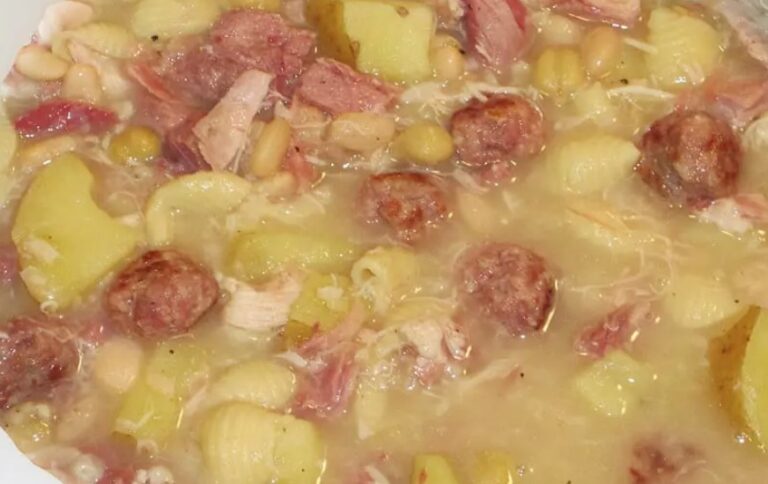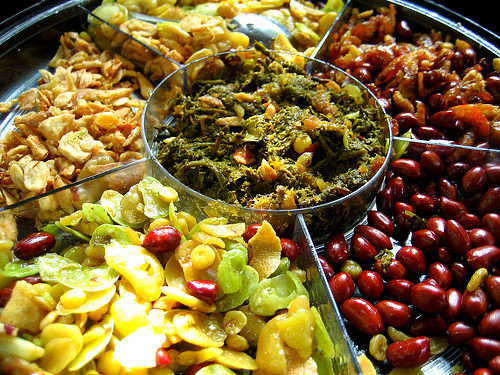Introduction: Argentine Cuisine
Argentine cuisine is known for its delicious and hearty dishes. It is a blend of European, indigenous, and African influences, reflecting the country’s diverse cultural heritage. Meat, especially beef, is a staple of Argentine cuisine, and it is often cooked over an open flame or grill, giving it a unique flavor. In addition to meat, Argentine cuisine features a variety of dairy products, wheat, and corn-based foods, and traditional beverages.
Meat: A Staple of Argentine Cuisine
Meat is an integral part of Argentine cuisine, and it is typically cooked on a grill or open flame. Asado, which is a BBQ-style feast, is a popular dish that features various cuts of beef, pork, and chicken. It is often served with chimichurri sauce, a mix of chopped herbs, garlic, and vinegar that is used as a marinade or condiment. Other meat dishes include milanesa, which is a breaded and fried meat cutlet, and choripán, a sandwich made with chorizo sausage.
Dairy Products in Argentine Cooking
Dairy products are also a common ingredient in Argentine cooking. Milk, cheese, and butter are used in a variety of dishes, from empanadas to dulce de leche, a sweet condensed milk that is used in desserts. Argentina is also known for its cheese, including queso fresco, a fresh cheese similar to feta, and provolone, which is often melted over meat dishes.
Wheat and Corn-Based Foods
Wheat and corn-based foods are a staple of Argentine cuisine, and they are often used as a side dish or as an ingredient in main dishes. Empanadas, which are stuffed dough pockets, are a popular snack that can be filled with meat, cheese, or vegetables. Another popular dish is locro, a hearty stew made with corn, beans, and meat. Argentine cuisine also features pasta dishes, such as ravioles and ñoquis, which are similar to ravioli and gnocchi.
Traditional Argentine Beverages
Argentina is known for its traditional beverages, including mate and wine. Mate is a tea-like drink made from dried leaves of the yerba mate plant, and it is often shared among friends and family. Wine is also an integral part of Argentine culture, with the country being one of the largest wine producers in the world. Malbec is a popular variety of red wine that is grown in the Mendoza region of Argentina.
Dietary Restrictions in Argentine Cuisine
While Argentine cuisine is known for its meat-centric dishes, there are options available for vegetarians and vegans. Many restaurants offer vegetable-based dishes, such as empanadas filled with spinach and cheese. In addition, there are also gluten-free options available, including corn-based dishes and salads.
Vegetarian and Vegan Options
Vegetarian and vegan options are becoming more widely available in Argentina, especially in larger cities like Buenos Aires. Many restaurants offer vegetable-based dishes, such as grilled vegetables and salads. In addition, there are also vegan and vegetarian cafes and restaurants that specialize in plant-based cuisine.
Gluten-Free Options in Argentine Cuisine
Gluten-free options are also available in Argentine cuisine. Corn-based dishes, such as empanadas and tamales, are naturally gluten-free. In addition, many restaurants offer gluten-free pasta options, and some even have dedicated gluten-free menus. With the growing awareness of dietary restrictions, it is becoming easier to find gluten-free options in Argentina.






